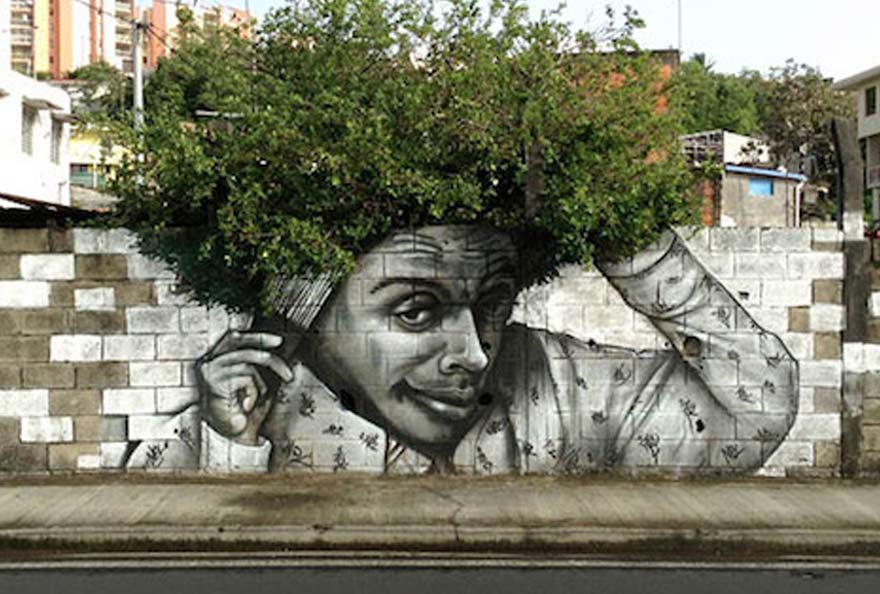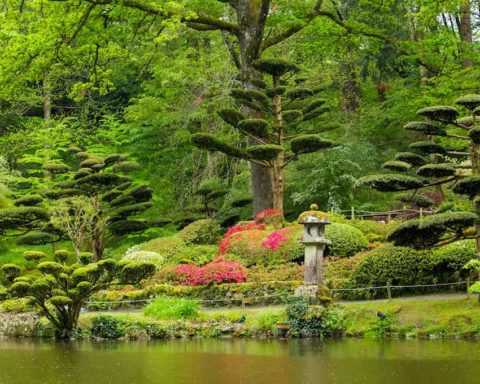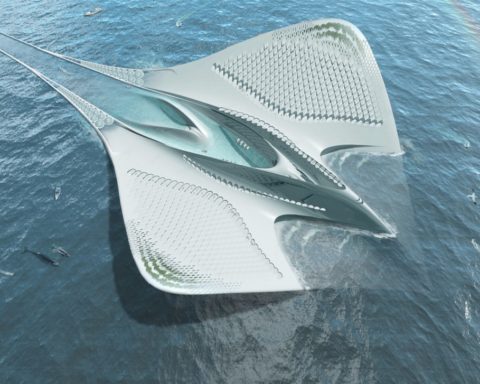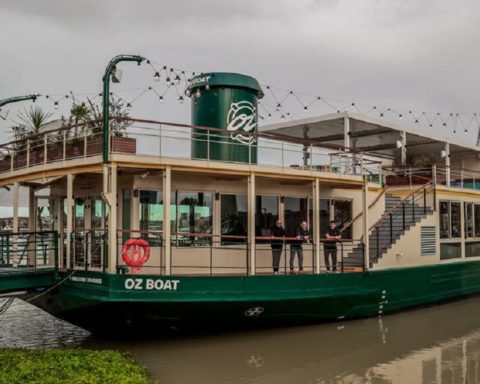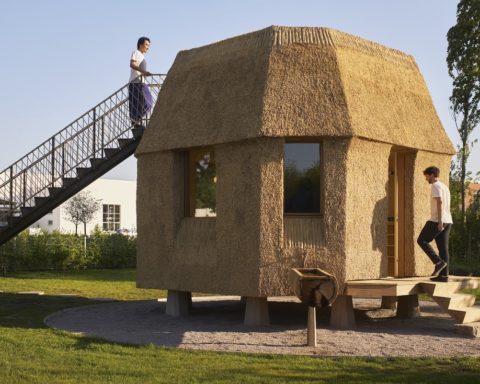The Soft City
The soft trends that are being expressed: nature city, sensitive city
READ IN UP' : The living, big winner of the Reinventing Paris project


READ IN UP' : The living, big winner of the Reinventing Paris project





Already registered? I'm connecting
Register and read three articles for free. Subscribe to our newsletter to keep up to date with the latest news.
→ Register for free to continue reading.

You have received 3 free articles to discover UP'.
